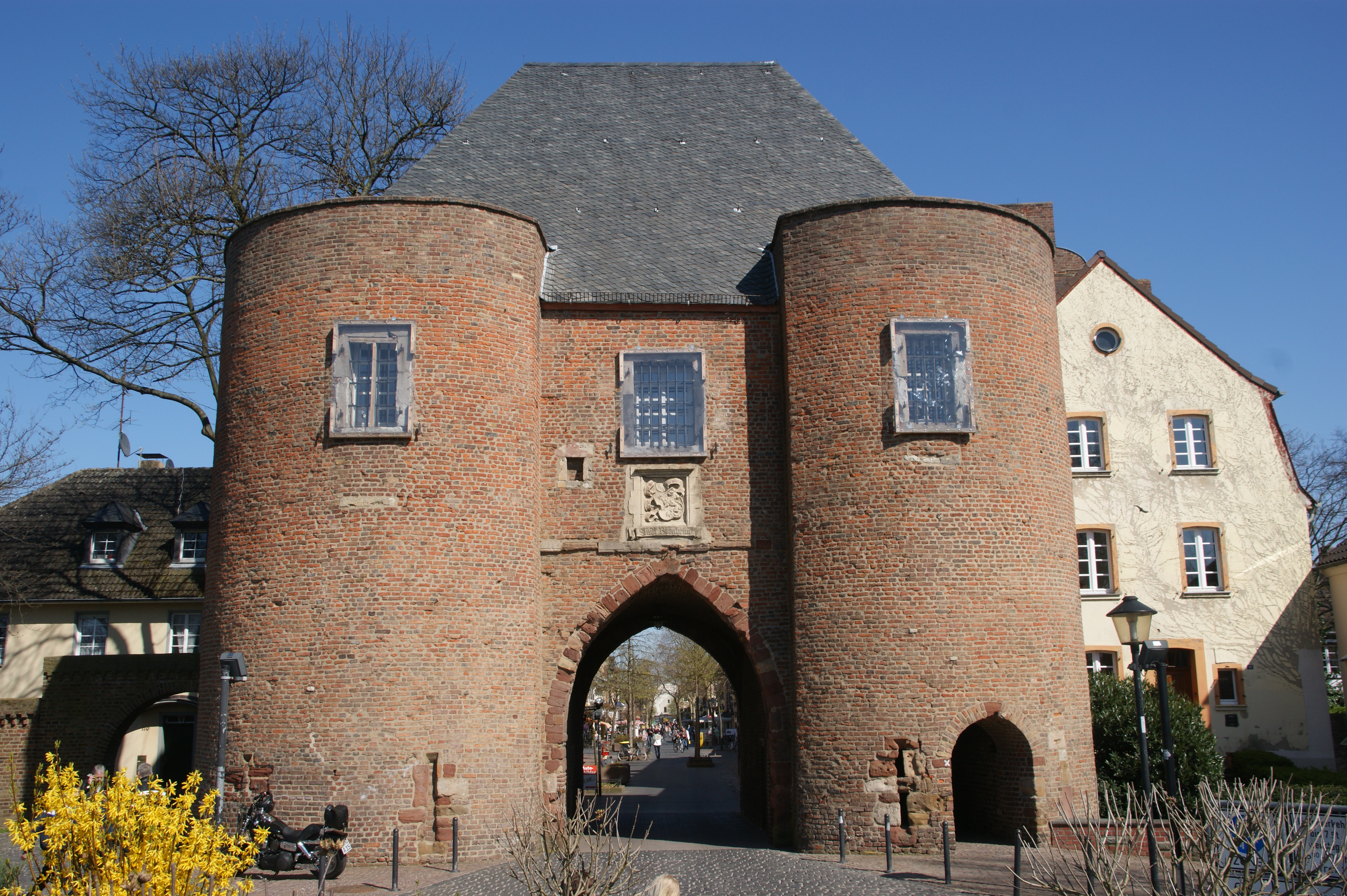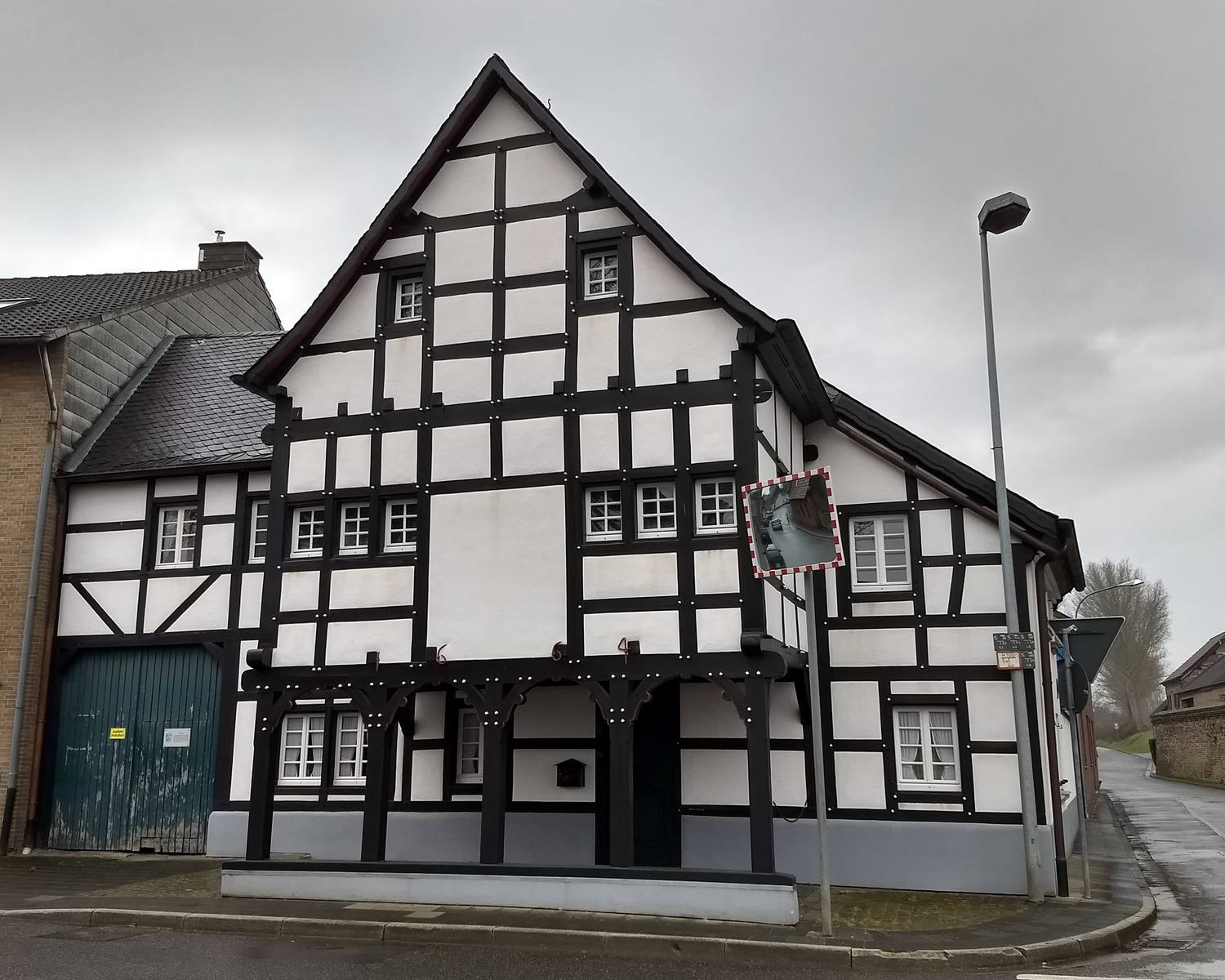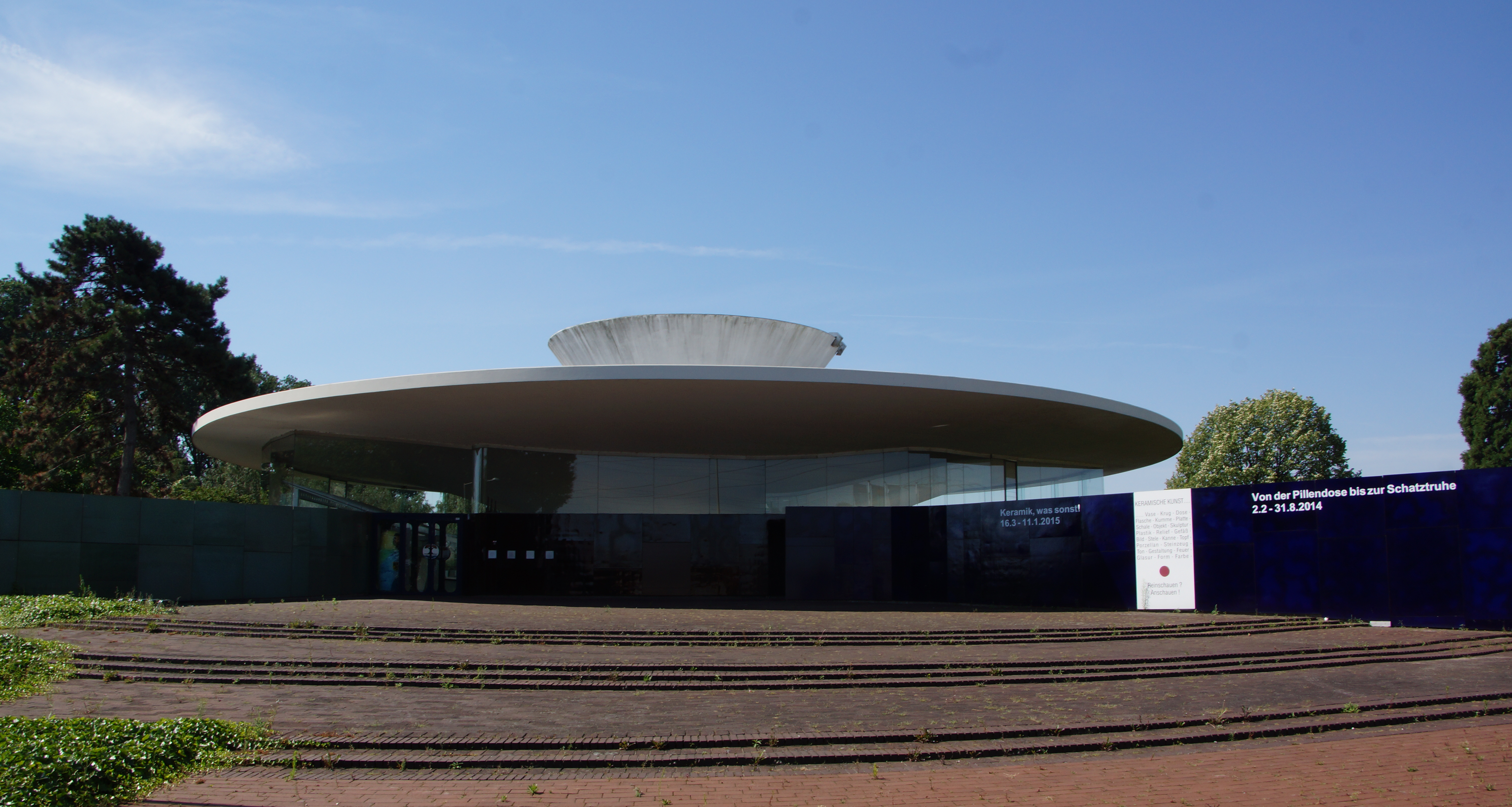|
Rhein-Erft-Kreis
The Rhein-Erft-Kreis () is a district in the west of North Rhine-Westphalia, Germany. Neighboring districts are Neuss (district), Neuss, district-free Cologne, Rhein-Sieg, Euskirchen (district), Euskirchen, Düren (district), Düren. History The district in its current borders was created in 1975, when the previous districts Bergheim and Cologne were merged. On 1 November 2003 the district was renamed from ''Erftkreis'' to ''Rhein-Erft-Kreis''. Geography The main river in the district is the Erft, which also gave it the name. The Erft flows through the foothills of the Eifel, on the left side of the Rhine river. The lake Bleibtreusee is located within the district. Towns Coat of arms The coat of arms shows the lion of Jülich in the left half, as most of the area belonged to the duchy of Jülich. The right side shows the Cologne cross, which stands for the former Cologne district. On top the Erft river is depicted; the Prussian Rhine Province had the same symbol in its coa ... [...More Info...] [...Related Items...] OR: [Wikipedia] [Google] [Baidu] |
Bergheim, North Rhine-Westphalia
Bergheim (; Ripuarian language, Ripuarian: ''Berchem'') is a German town, 22 km west of Cologne and the capital of the Rhein-Erft-Kreis (district). The town's Niederaußem district is one of the most important suppliers for energy from lignites in Europe. Geography Bergheim is about 22 km west of Cologne, approximately 72 metres above sea level. Its highest point is the Glessener Höhe (Glessen Height) at 204 metres. The Erft River flows through Bergheim. The town lies in the Jülich-Zülpich Börde, Zülpicher Börde, which belongs to the Kölner Bucht. Economically and geographically Bergheim is in the Rhenish lignite coalfield. History There is a burial hill in Niederaußem, dating from about 4000 BC. Ancient Rome, Romans settled in Bergheim around 50 BC. They constructed the major Roman road, the Via Belgica, that crossed the area where Bergheim is today. Later the Franks took control over the region. In the Middle Ages, Bergheim was granted city rights and later became ... [...More Info...] [...Related Items...] OR: [Wikipedia] [Google] [Baidu] |
Pulheim
Pulheim (; Ripuarian: ''Pullem'') is a town in the Rhein-Erft-Kreis, North Rhine-Westphalia, Germany. Since the 1920s, a large substation of the ''Rheinisch-Westfälisches Elektrizitätswerk AG'' ( RWE) is located at Pulheim. It is the end of the North–South Powerline and a large control center for the power grid of the RWE. In the communal reform of 1975, several previously independent municipalities were added to the municipality Pulheim, which received city rights in 1981. Pulheim consists of 12 quarters (''Stadtteile''), including Brauweiler, Geyen and Stommeln. Education The following schools are in Pulheim: *Dietrich-Bonhoeffer Primary School, Pulheim *Catholic Primary School Barbara School, Pulheim *Community Primary School “Am Buschweg”, formerly known as “Am Wäldchen”, Pulheim *Richeza Community Primary School, Pulheim-Brauweiler *Wolfhelm School (primary school), Pulheim-Dansweiler *Community Primary School Sinnersdorf, Pulheim-Sinnersdorf *Community Pr ... [...More Info...] [...Related Items...] OR: [Wikipedia] [Google] [Baidu] |
Kerpen
Kerpen (; Ripuarian: ''Kerpe'') is the most populated town in the Rhein-Erft-Kreis (North Rhine-Westphalia, Germany). It is located about 20 kilometres southwest from Cologne. As of 2023, Kerpen has a total population of 67,627. Division of the town The town of Kerpen was created in 1975, when the previously independent municipalities Balkhausen, Blatzheim, Brüggen, Buir, Horrem, Kerpen, Manheim, Mödrath, Sindorf and Türnich were merged. Monuments * Burg Bergerhausen * Burg Loersfeld * Schloss Türnich Notable people * Adolph Kolping (1813–1865), Catholic priest and social reformer * Wolfgang von Trips (1928–1961), Formula One motor racing driver * Karlheinz Stockhausen (1928–2007), pioneer of electronic music composition * Franz-Peter Hofmeister, Olympic medalist in the 4 × 400 m relay * Michael Schumacher, 7-time Formula One world champion * Ralf Schumacher, brother of Michael, both have emulated von Trips in achieving success in Formula One * Patrice Bar ... [...More Info...] [...Related Items...] OR: [Wikipedia] [Google] [Baidu] |
Hürth
Hürth () is a town in the Rhein-Erft-Kreis, North Rhine-Westphalia, Germany. Hürth shares borders with the city of Cologne and is about 6 km to the southwest of Cologne city centre, at the northeastern slope of the natural preserve Naturpark Kottenforst-Ville, Kottenforst-Ville. The town consists of thirteen districts, once independent villages, and is distributed over a relatively large area. The municipal area is interspersed with lakes and stretches of forest. In former times, the Eifel Aqueduct, a Roman aqueduct which supplied the city of Cologne with drinking water, went through Hürth. Remnants of various aqueducts can still be found underground. It is also famous as the birthplace of Michael Schumacher, Michael and Ralf Schumacher. Geography Hürth is situated about 6 km to the southwest of Cologne city centre, at the northeastern slope of the Naturpark Kottenforst-Ville, Kottenforst-Ville nature reserve. The town, consisting of thirteen formerly independent ... [...More Info...] [...Related Items...] OR: [Wikipedia] [Google] [Baidu] |
Erftstadt
Erftstadt () is a town located about 20 km south-west of Cologne in the Rhein-Erft-Kreis, state of North Rhine-Westphalia, Germany. The name of the town derives from the river that flows through it, the Erft. The neighbouring towns are Brühl (Rhineland), Brühl, Kerpen, Zülpich and Weilerswist. A landslide during the 2021 European floods led to the collapse of several houses. Coat of arms In green are one silver/white left flank bar and on the right border of the shield two golden/yellow squares. The green ground expresses the nature and the health. The silver flank bar represents the river Erft. The right side looks like an "E" for Erftstadt. The yellow squares represent the biggest villages Lechenich and Liblar. The coat of arms was designed by Josef Günterberg from Berlin. The town got it as an official coat of arms on 15 March 1974. Geography Erftstadt is located 25 km north-west of Bonn. Its height ranges from 81 to 151 metres above sea level. The following to ... [...More Info...] [...Related Items...] OR: [Wikipedia] [Google] [Baidu] |
Elsdorf
Elsdorf () is a town in the Rhein-Erft-Kreis, in North Rhine-Westphalia, Germany. It is situated approximately 5 km south-west of Bergheim and 27 km west of Cologne. Notable people * Eugen Langen Carl Eugen Langen (9 October 1833 in Cologne – 2 October 1895 in Elsdorf) was a German entrepreneur, engineer and inventor, involved in the development of the petrol engine and the Wuppertal Suspension Railway. In 1857 he worked in his fathe ... (1833–1895), entrepreneur, engineer and inventor, co-founder of the Elsdorf sugar factory Pfeifer & Langen * Werner Marx (1746–1806), General Vicar of the Archbishop of Cologne References Rhein-Erft-Kreis {{RheinErftKreis-geo-stub ... [...More Info...] [...Related Items...] OR: [Wikipedia] [Google] [Baidu] |
Bedburg
Bedburg () is a town in the Rhein-Erft-Kreis, North Rhine-Westphalia of Germany with 25,000 residents. Since 2014, Sascha Solbach is the mayor of Bedburg. The town is documented as existing as early as 893. Climate Notable people Sons and daughters * Arnold von Harff (1471–1505), knight and adventurer * Katharina Molitor (born 1983), javelin thrower and volleyball player People with connection to Bedburg * Wilhelm von Mirbach-Harff (1871–1918), German diplomat and ambassador; lived in Bedburg and did his Abitur there *Peter Stumpp Peter Stumpp (–1589; name is also spelt as Peter Stube, Peter Stubbe, Peter Stübbe or Peter Stumpf) was a German farmer and alleged serial killer, accused of werewolfery, witchcraft, and cannibalism. He was known as "the Werewolf of Bedbur ... (c. 1525–1589), 16th Century possible serial killer known as "The Werewolf of Bedburg" References External links * Rhein-Erft-Kreis {{RheinErftKreis-geo-stub ... [...More Info...] [...Related Items...] OR: [Wikipedia] [Google] [Baidu] |
Bleibtreusee
Bleibtreusee is an artificial lake on the grounds of the former open-pit lignite mine in Rhein-Erft-Kreis, North Rhine-Westphalia, Germany Germany, officially the Federal Republic of Germany, is a country in Central Europe. It lies between the Baltic Sea and the North Sea to the north and the Alps to the south. Its sixteen States of Germany, constituent states have a total popu .... At an elevation of its surface area is 74.2 ha. North of Bleibtreusee, there is an electricity pylon, which carried from 1977 to 2010 an observation deck. Lakes of North Rhine-Westphalia {{RheinErftKreis-geo-stub ... [...More Info...] [...Related Items...] OR: [Wikipedia] [Google] [Baidu] |
Frechen
Frechen (; Ripuarian: ''Frechem'') is a town in the Rhein-Erft District, North Rhine-Westphalia, Germany. Frechen was first mentioned in 877. It is situated at the western Cologne city border. It is the site of the 1257 Battle of Frechen between Conrad von Hochstaden, Archbishop of Cologne and the people of the town. In the 16th century it became known for locally produced terra cotta products, especially the " Bartmannskrug" (beardman jug). In the late 18th century lignite was industrially mined. Digging for lignite dominated the city's economy until the end of the 20th century, and in 1891 the first briquette factory was opened. On 2 September 1951 Frechen received its city-rights including the villages of Bachem, Hücheln and Buschbell. On 1 January 1975 the nearby villages of Grefrath, Habbelrath, Königsdorf and Neufreimersdorf were also incorporated. In 1971, the Keramion, a ceramics museum in a distinctive glass-enclosed modern structure designed by architect Peter Neu ... [...More Info...] [...Related Items...] OR: [Wikipedia] [Google] [Baidu] |
Wesseling
Wesseling () is an industrial German city on the Rhine bordering Cologne city on the south. With three chemical plants and a petroleum refinery within its city limits, it has an important place in the international petrochemical industry. History and etymology The find of Roman consecration altars, the excavation of a Roman country house and Franconian burial grounds are early evidence of the settlement of the place. Wesseling originates from the Latin "Wasliacum" which means "Village of Waslica". The story that Wesseling originates from "changing of the rope" () from when Rhine boats were pulled by horses is an urban legend, because the name Wesseling is centuries older than the horse-changing station, which was located in Wesseling in the 18th century. Around 1700 there was a team changing point for towing boats in Wesseling. Until industrialization, the place between Cologne and Bonn remained rather insignificant. Only in 1793 did a tannery hint at the coming industrial age ... [...More Info...] [...Related Items...] OR: [Wikipedia] [Google] [Baidu] |
Erft
The Erft () is a river in North Rhine-Westphalia, Germany. It flows through the foothills of the Eifel, and joins the Lower Rhine (left tributary). Its origin is near Nettersheim, and its mouth in Neuss-Grimlinghausen south of the Josef Cardinal Frings Bridge. The river is long, which is significantly shorter than it was originally. Due to the open-pit mining of lignite in the ''Hambacher Loch'', the flow of the river had to be changed. The Erft gave its name to the town of Erftstadt, through which it flows, as well as to the Rhein-Erft district. It also flows through the towns of Bad Münstereifel, Euskirchen Euskirchen (; Ripuarian language, Ripuarian: ''Öskerche'') is a town in North Rhine-Westphalia, Germany, capital of the Euskirchen (district), district Euskirchen. While Euskirchen resembles a modern shopping town, it also has a history dating ba ..., Bergheim, Bedburg and Grevenbroich. Gallery References Rivers of North Rhine-Westphalia Rivers of ... [...More Info...] [...Related Items...] OR: [Wikipedia] [Google] [Baidu] |




